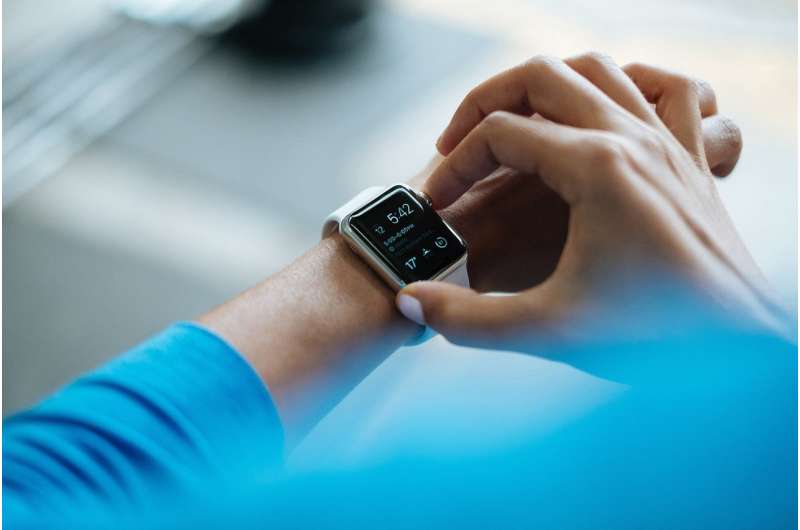This article has been reviewed according to Science X's editorial process and policies. Editors have highlighted the following attributes while ensuring the content's credibility:
fact-checked
peer-reviewed publication
trusted source
proofread
Wearable technology assesses surgeons' posture during surgery

Researchers at Baylor College of Medicine in collaboration with the University of Arizona led a study that can help surgeons obtain biofeedback of their posture during long surgical procedures. Ultimately, the aim is to reduce the stress associated with maintaining static postures while operating.
Published in the Journal of Neurosurgery: Spine, this pilot study evaluated the feasibility of using wearable technology to assess the posture of neurosurgeons during long spine and cranial procedures. The findings show that wearable technology is a feasible and reproducible approach to provide objective feedback necessary to raise postural awareness and implement protocols focused on correcting posture to prevent musculoskeletal issues in surgeons.
"Wearable technology can identify those periods when neglected postures are more prevalent, enabling prompt correction," said first author of the work, Dr. Alejandro Zulbaran-Rojas, research associate in the Michael E DeBakey Department of Surgery.
Although neurosurgeons are aware that static postures cause significant harm, the methodology for assessing their posture is suboptimal. The present study used wearable technology to quantify neurosurgeon upper body spasticity, or muscle stiffness, either when leaning forward or backward.
Ten neurosurgeons, including five attendings and five trainees, were recruited and equipped with two wearable sensors attached to the back of their head and their upper back. The sensors collected the average time spent in extended, neutral and flexed static postures during spine and cranial procedures.
The researchers successfully collected and analyzed 16 of 20 possible recordings from 11 procedures (eight spine, three cranial). "We found that surgeons remained in a static posture approximately 52.1% (38 minutes) and 53.2% (77.6 minutes) of active surgical time during spine and cranial procedures, respectively," Zulbaran said.
"This is a considerable amount of time given that the American College of Surgeons recommends avoiding prolonged static postures by taking mini-breaks at least every 30 minutes to incorporate range-of-motion stretches."
The present study also showed that taller neurosurgeons spent longer time in flexed and extended positions during cranial surgery.
"Objective biofeedback can guide surgeons in adjusting their posture in relation to the table height to improve their ergonomics, the interactions with the equipment they use in surgical practice, especially in procedures in which there is constant position switching (standing to sitting and vice versa), as well as tailoring interventions based on specific procedures and level of expertise.
"Maintaining an ideal, perfectly straight posture might seem intuitive, but the reality is that surgical procedures often require a range of body positions to access different anatomical structures effectively," Zulbaran said.
"Wearable technology can provide self-awareness of static positions that are not always captured or assumed by a simple view. Detecting incorrect motion patterns at early career stages may help emerging surgeons correct their posture and avoid long-term injuries."
"The potential impact and implications of our findings are significant for surgical practice and training," said corresponding author Dr. Bijan Najafi, professor in the Michael E. DeBakey Department of Surgery.
"Using wearable technology to monitor and analyze surgeons' posture offers a proactive approach to preventing the onset of musculoskeletal disorders such as back and neck pain. This could lead to improved surgeon health and well-being, enhanced performance and potentially extended career longevity.
"Additionally, personalized training programs derived from wearable data could revolutionize surgical education, equipping novice surgeons with the tools to adopt optimal postural habits from the outset of their careers."
Future studies are needed to evaluate the use of this wearable technology in other specialties.
More information: Objective assessment of postural ergonomics in neurosurgery: integrating wearable technology in the operating room, Journal of Neurosurgery Spine (2024). DOI: 10.3171/2024.1.SPINE231001, thejns.org/spine/view/journals … 24.1.SPINE231001.xml





















